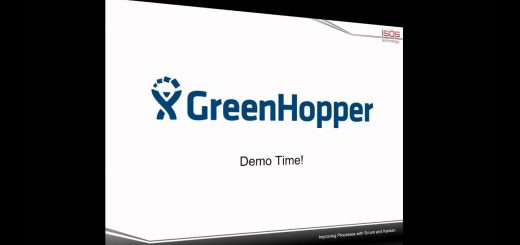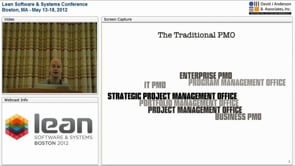Introduction to the Principles of Lean Portfolio Management
Adaptive/Lean Portfolio Management (LPM) is key to effectively becoming an agile organization and can be considered one of the pillars of business agility. In this presentation, Shane Hastie introduces the key ideas around LPM, discusses the 12 principles of Lean Portfolio Management.








Last Comments